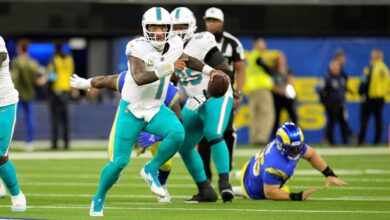Running In These Shoes? You May Be Increasing Your Injury Risk

Wearing jogging or running shoes is a common practice worldwide, with some runners opting for spikes, while others prefer running barefoot. Most people wear shoes to protect their feet from injury, but recent studies have shown that certain types of shoes may actually increase the risk of injury while running.
Researchers at the University of Florida have conducted a study, which is one of the largest and most comprehensive of its kind, that also found that runners with thicker heels could not accurately identify how their foot landed with each step, a likely factor in the high injury rates. Because flatter shoes are associated with less injury, the researchers say they are likely the best option for most runners to help improve sensation with the ground and learn to land in a controlled manner. But transitioning to a different shoe type or foot strike pattern can also risk injury and must be done gradually, something that lead author Heather Vincent, PhD, knows from personal experience.
“I had to teach myself to get out of the big, high-heeled shoes down to something with more moderate cushioning and to work on foot strengthening,” said Vincent, director of the UF Health Sports Performance Center. “It may take up to six months for it to feel natural. It’s a process.”
Both foot strike patterns and shoe type have been linked to running injuries in past studies, but the interaction between the two has been difficult to identify from small groups of runners. UF Health’s Sports Performance Centre and Running Medicine Clinic see hundreds of runners a year. That allowed the researchers to pull from more than 700 runners and six years of information on runners’ shoe type and injury history and objective data about running gait acquired with specialised treadmills and motion capture videos.
What became clear after controlling for factors like age, weight, running volume, and competitiveness was that shoes with thicker heels confused runners about their gait-confusion that was strongly linked to injury.
“The shoe lies between the foot and the ground, and features like a large heel-to-toe drop make it more challenging for runners to identify how they’re striking the ground. That clouds how we retrain people or determine if someone is at risk for future injury,” Vincent said. “The runners who correctly detected mid- or fore-foot striking had very different shoes: lower heel-to-toe drop, lighter, and wider toe box.”




